
A Chevy-powered alternative to the Cobra roadster
As told by John Chestnut
Photos courtesy of John Chesnut
My name is John Chesnut, and like most of you, I’m passionate about anything that looks cool and goes fast. As a kid, I built push carts, gravity-powered machines and even a cart with a sail to catch the Santa Anna winds of southern California. I then graduated to mini bikes, motorcycles, off road vehicles and muscle cars. I owned 89 vehicles by the time I was 21, and I’ve built several cars from scratch.
My favorite cars were the ’50s and ’60s sports racers and I grew up loving the Cobra roadsters. When I was able, I built a replica of the Cobra, but I built it using all Corvette suspension and drivetrain. Those were the parts that I was familiar with. I eventually sold the Cobra and built a number of ’50s inspired cars from scratch, all using Corvette suspension. One of my cars was featured at SEMA in 2003 and was selected to be one of seven displayed at the Hot Rod Hall of Fame dinner at SEMA that year.
One of my favorite cars of all time though, was the 1964 Cheetah. The Chevrolet-powered coupe was built initially as a design exercise, before being developed as race car by Bill Thomas and Don Edmund to compete against the Cobra. Unfortunately an ill-timed rule change and a shop fire ended the Cheetah’s development prematurely.
The original Cheetah was a pure race car, and you may know, the engine was set so far rearward that the transmission was coupled directly to the differential with no driveshaft used. This resulted in a very hot and cramped cockpit and foot box. It also required the seats to be mounted pretty high.
In contemplating the shortcomings of the original car, I started hatching a plan for a reborn Cheetah roadster that would suit my needs. To start, I wanted to sit down low in the car, seeing as I’m over 6 feet tall. Unlike the cramped originals, I wanted a car that I could comfortably fit in and enjoy driving.
The Cheetah was extremely light and fast, fine qualities in a racer, but it came somewhat at the expense of handling. The car was reportedly very squirrely, as the frame flexed too much. I wanted a more rigid chassis that would be safe and fun, but not at the expense of performance of course.
The original Cheetah’s hood was so low that a hole was cut in the hood so the top of the engine could stick through it. Even so, it had cooling problems, and more holes were cut into the hood to allow the air passing through the radiator to escape.
The Cheetah (and other cars of the era) had a relatively narrow track. I wanted to be able to use the wider 1984-1996 C4 Corvette suspension. It’s independent, and offers good geometry, great steering and spectacular braking (especially in a light car). Most of the parts are aluminum, good looking and are readily available at reasonable prices.
All Cheetahs were built as coupes, but because of excessive heat, one racer cut the roof off and created a roadster out of his. He essentially fixed a flat panel in between the rear wheel arches, and while it’s effective, I don’t care for the look. I feel that this makes it look like the driver is sitting way too tall in the car. I wanted the occupants to be sitting down in the car, not on top of it.
With these things in mind, I began constructing my own version of the Cheetah. I tried to imagine that its development had continued, and that a street version was developed. I wanted a car that had the unique Cheetah look but was comfortable for the road.
I started on my Quest by building a dedicated space frame, and I built four frames before I had one that met my requirements. It needed to be light and strong, and the finished product weighs about 230 pounds. I set it up so that Chevrolet small-block and LS engines will bolt in, along with the 1984-1996 C4 Corvette suspension (1988 and up require different front upper control arm mounting locations).
I ended up with a frame that is 16 inches tall with a 93-inch wheelbase — 3 inches longer than the original cars. I moved the engine far enough forward to make the foot boxes and cockpit very comfortable. The arrangement allows for a driveshaft 12 inches in length.
Aluminum panels are sealed and riveted to the frame to create the floor, transmission tunnel and lower part of the cockpit. Additional aluminum panels seal the engine bay, which keeps air from building up there. My frame comes to a V with the radiator at the front. Air passes through the radiator and is diverted out the sides of the frame. This results in less lift at high speeds and keeps coolant cool. I don’t have any overheating problems to speak of.
I was going to create the body from scratch, but I found a gentleman in Pennsylvania that does great fiberglass work (Bruce Chervenak-rcherv1228@aol.com). He’s well known for his Cobra bodies and parts, but more importantly for me, he had created his own Cheetah interpretation. I ordered body skins from Bruce and started on extensive modifications to make them fit my vision.
I narrowed the body, shortened it, redid the wheel arches, molded in hood vents, molded in the engine bulge, reshaped the rear end and created the rear deck, molded in the dash, windshield base, cockpit, firewall and bulkheads. The result is a simple two-piece body that slides over the frame and mounts up easily. The full tilting front hood and the tub line up right out of the molds. The seam lines are minimal, and the body is light and strong.
The original Cheetah used a plastic windshield, but that wouldn’t fly here, as the windshield is one of the biggest hurdles for street registration in a homebuilt car. It needs to be DOT-approved safety glass, but custom windshields are prohibitively expensive. Fortunately, I found the MGB windshield to be a great fit. Produced from the early ’60s through the early 1980s, the glass and frame is readily available at reasonable prices and has the right look. The frame has legs that bolt to the chassis, and there is nothing structural bolted to the fiberglass body.
I wanted to be able to build my car with readily available and reasonably priced parts. Pretty much all parts can be purchased from eBay, Speedway Motors, Jegs, or Summit Racing. I used headers and side pipes from Patriot. The headlights are 4-inch halogen motorcycle lights and the taillights are Porsche 356 replicas.
The QUEST Cheetah is light, low and wide. And in my opinion, it handles and drives as good as it looks.
For those interested, I’ve included some basic specs on my small-block powered Quest below.
- Total weight with 6 gallons of fuel and all fluids is 1,912lbs (with an iron-block SBC with iron heads)
- 50/50 weight distribution
- 50/50 cross weight
- 4.5-inch ground clearance
- 144 inches long
- 42 inches to the top of the windshield
- 72 inches wide at the rear wheel arches
- 70 inches wide at the front wheel arches

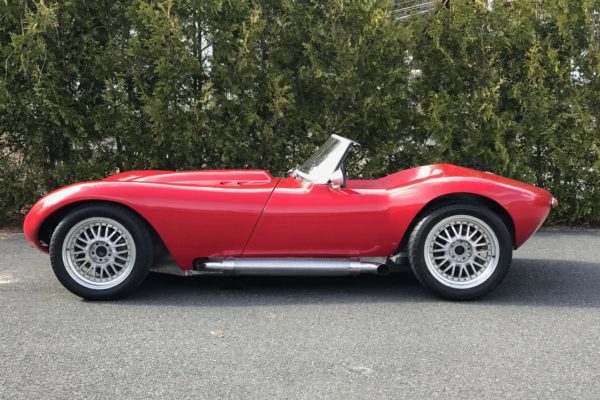
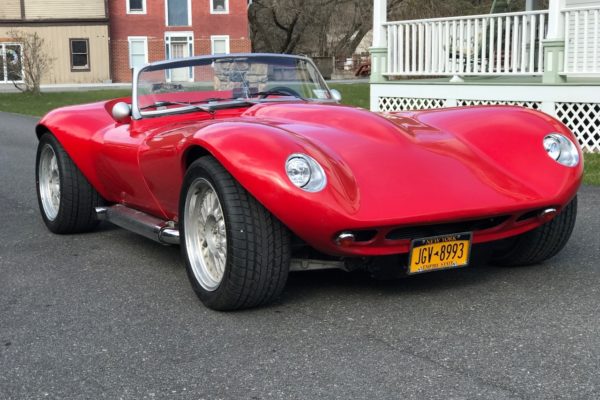
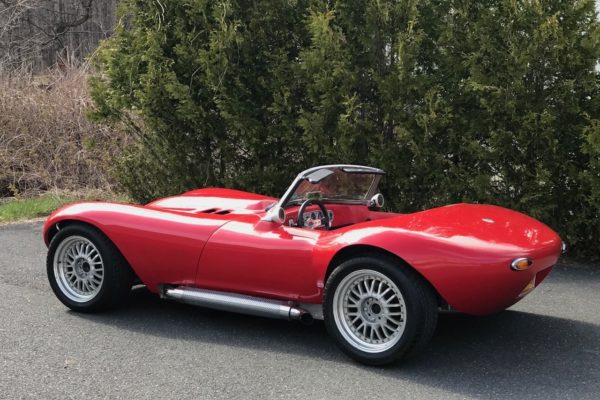
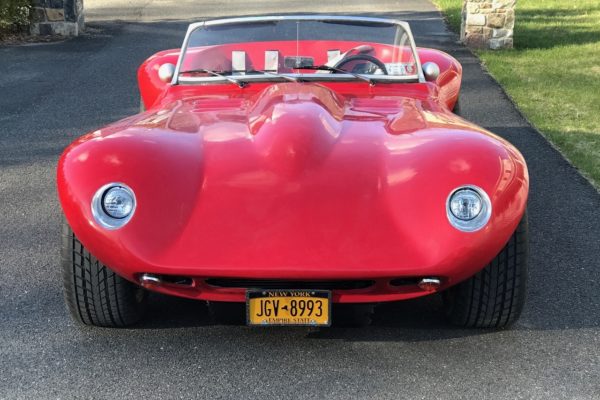
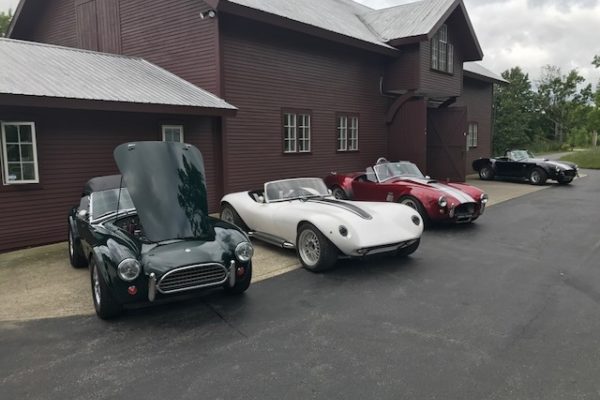
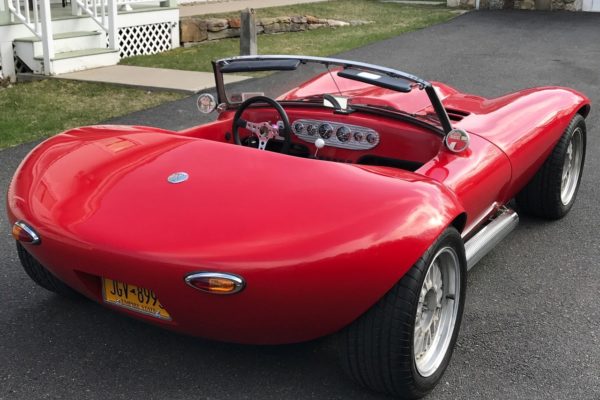
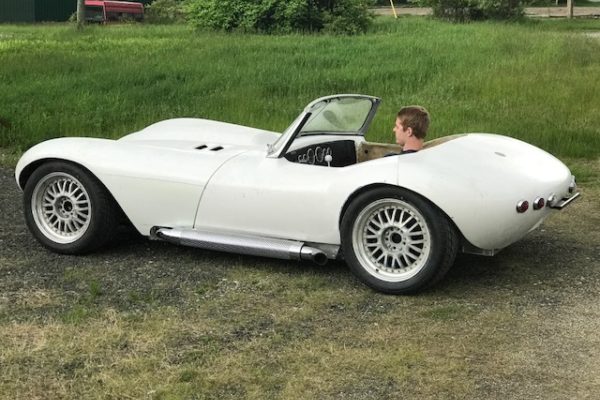
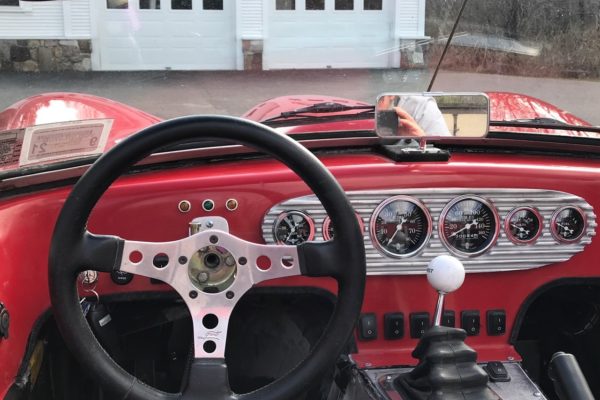
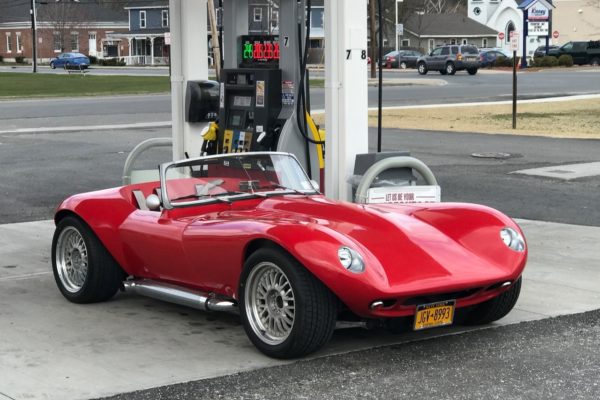
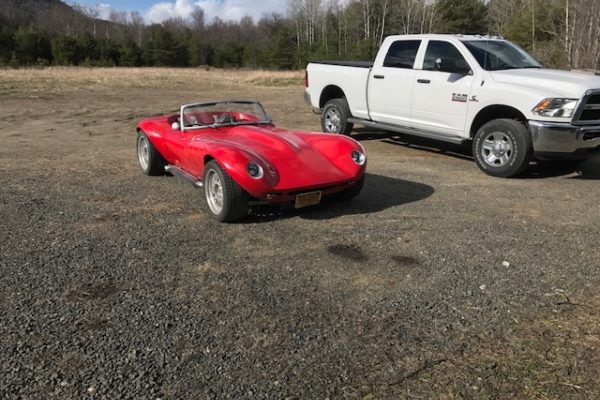
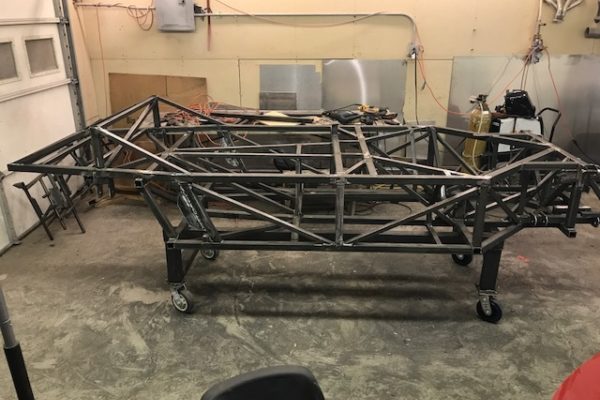
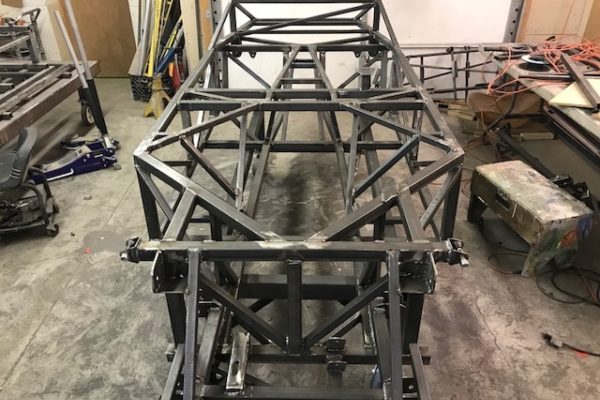
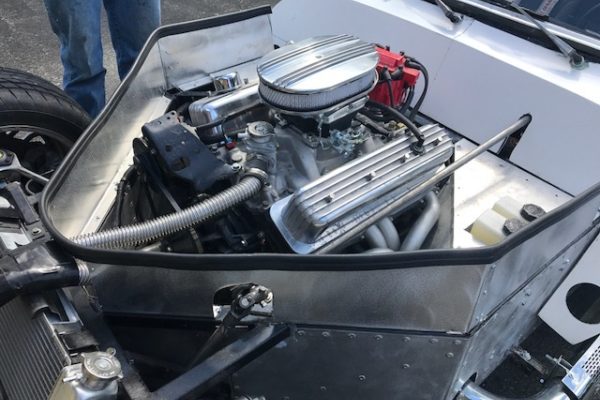
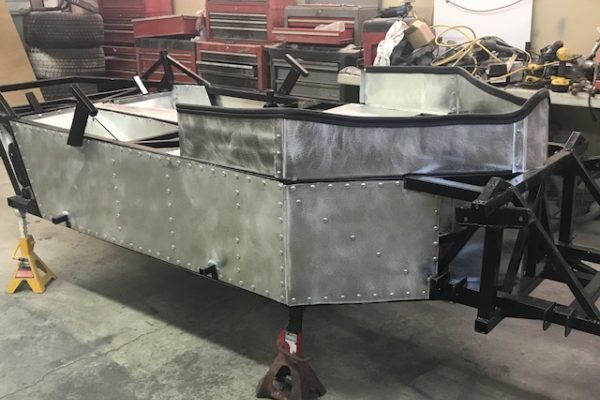
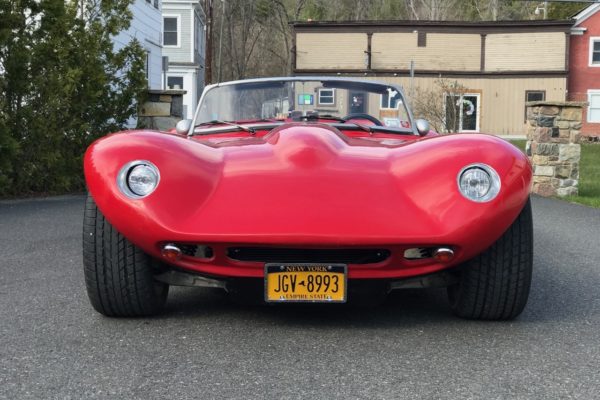
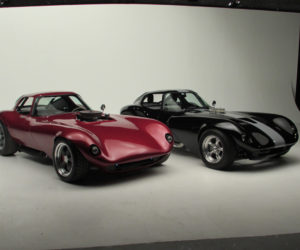
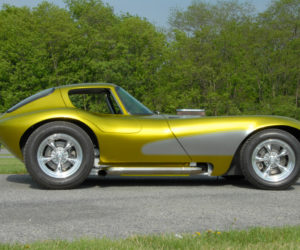
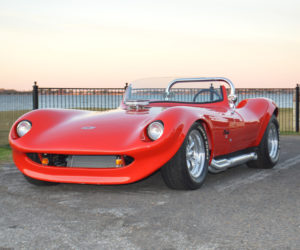
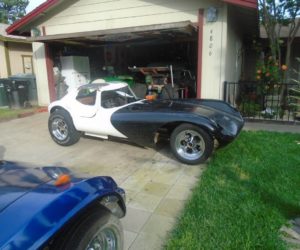
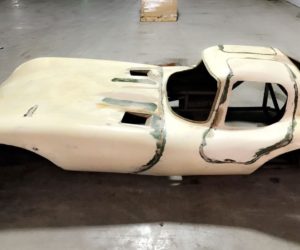
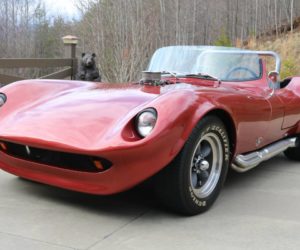




Comments for: Quest for a Modern Cheetah
comments powered by Disqus